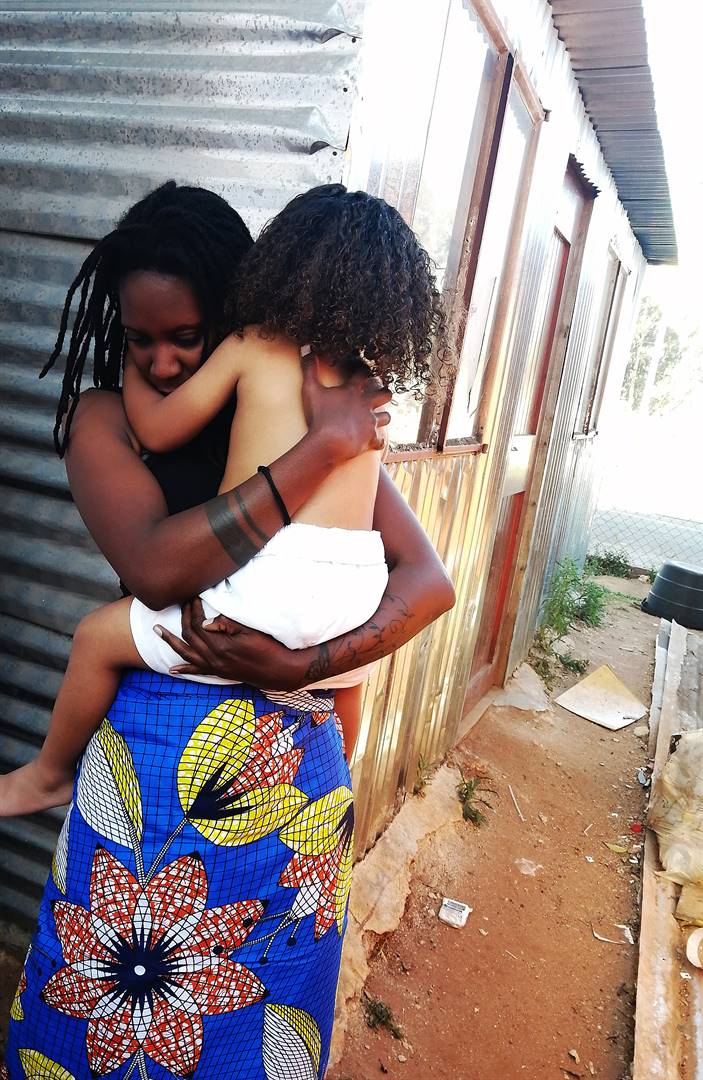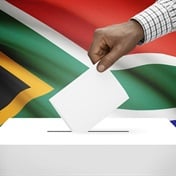
The biracial children of black and white parents, who grew up in black communities in the olden days, were always a wonder, evoking curiosity as to the circumstances leading to their existence.
With the racial classifications and conditioning of the time, suspicion was mostly centred on immorality or promiscuity.
The thought of a possible romance between two people of different races was far-fetched.
The assumptions were that the mother was either a domestic worker, a farmworker or, worse, an ex-worker.
Whichever the case, biracial children were often the objects of back yard gossip and humiliation.
Owing to power dynamics, women employed as domestic workers or farmworkers were especially exposed and vulnerable to the advances of their white male bosses.
These women were in a lose-lose situation – if they resisted they stood a good chance of losing their jobs, if they played along or welcomed the advances they risked falling pregnant or being caught in the act and charged under the Immorality Act.
If the woman had the misfortune of falling pregnant, she had to face the reality of raising a child from whose father she did not have the legal right to demand any kind of support.
Biracial children were mostly raised by the black maternal side of their family.
It was not uncommon for a black family to be raising a whitey, lekgowa or rooi, as they were called, sometimes much to their annoyance.
Where I come from, the generic term for them was mabastere. I did not even know that this was derived from the word “bastard” and therefore derogatory.
And, as a little girl, I really liked biracial peers because they seemed like real-life dolls to me.
I often imagined combing and styling their hair.
Being the minority of minorities, black/white biracial children grew up under a veil of secrecy and, at times, humiliation from the public.
They also had to face the sad reality that the prospects of ever meeting their white fathers or the paternal side of their families were almost nil.
Black men, either as grandfathers, uncles or stepfathers, had to step up and stand in for absent white fathers.
This amid the constant harassment by apartheid police. I wonder how it would have panned out if the roles were reversed.
My mother tells me that when she was growing up biracial children seldom played on the streets and socialised in a very limited way.
Their families hid them away because, owing to apartheid spatial planning, it was illegal for a coloured person to live in a designated black area.
It must have been daunting to have to explain to a child that his or her existence was concrete evidence of an offence.
Or that they were a product of two races that were at odds with each other.
Although they were half white and half black, they were classified as black and lived in black areas.
While, on the other side of town, other biracial people, who were classified as coloured, enjoyed, to some extent, the socioeconomic privileges that came with their proximity to whiteness.
Except for being allocated a bigger slice of the pie on vital needs such as education and health, coloured people also enjoyed basic services such as tarred roads, electricity and street lights long before black townships could.
But biracial children born to black mothers could not tap into these privileges because they had black names and a language barrier.
It would have been better if they had spoken English, Afrikaans or both.
Where I grew up, there was a legend about a couple who used to spend their Saturday afternoons at a popular shebeen.
The wife was biracial and when the husband felt that it was time to go home but the wife refused as she was still having a good time, he would frighten and humiliate her into submission by pulling off her doek so that people could see that she had brown wavy hair.
The trick worked all the time because she would have rather died than be seen without a doek in public.
I remember the 1990s, when the concepts of “black is beautiful” and “dark dindy” were deep-rooted in the black communities of South Africa.
Dark chocolate-skinned women were regarded as beautiful and hot, a move from an earlier era of skin lighteners.
Why the concept of black beauty only applied to women still astonishes me.
At the same time, the concept put biracial women out of the limelight as their beauty was often put under scrutiny, especially in a critical way.
Remarks such as: “She’s not beautiful, she’s just light skinned” were common, even if untrue.
But because beauty is but a social construct and is fluid, the 1960s notion that light skin is better than dark skin is back.
Now the natural traits of biracial people – wavy or straight hair, light skin and often long eyelashes – are back in the spotlight and desirable.
The beauty industry is smiling all the way to the bank as the demand among black women for skin-lightening creams and injections, weaves and fake eyelashes has skyrocketed.
Apparently these traits have become the black African beauty ideal, one which is hard to attain.
I cannot call this a regression or a progression, I call it nonsense.
The fact is, we derive our physical traits from our parents. We come from a black African lineage, an ancestry that was barred from crossing the colour line until 1985.
Where then would we get light skin and silky hair from?
But I am happy that “black” black/white biracial children can now embrace their looks and take their place in society.
And I would go as far as to say that, by the look of things, society has taken favourably to mixed-raced people.
 | ||||||||||||||||||||||||||
Get in touchCity Press | ||||||||||||||||||||||||||
| ||||||||||||||||||||||||||
| Rise above the clutter | Choose your news | City Press in your inbox | ||||||||||||||||||||||||||
| City Press is an agenda-setting South African news brand that publishes across platforms. Its flagship print edition is distributed on a Sunday. |




 Publications
Publications
 Partners
Partners








